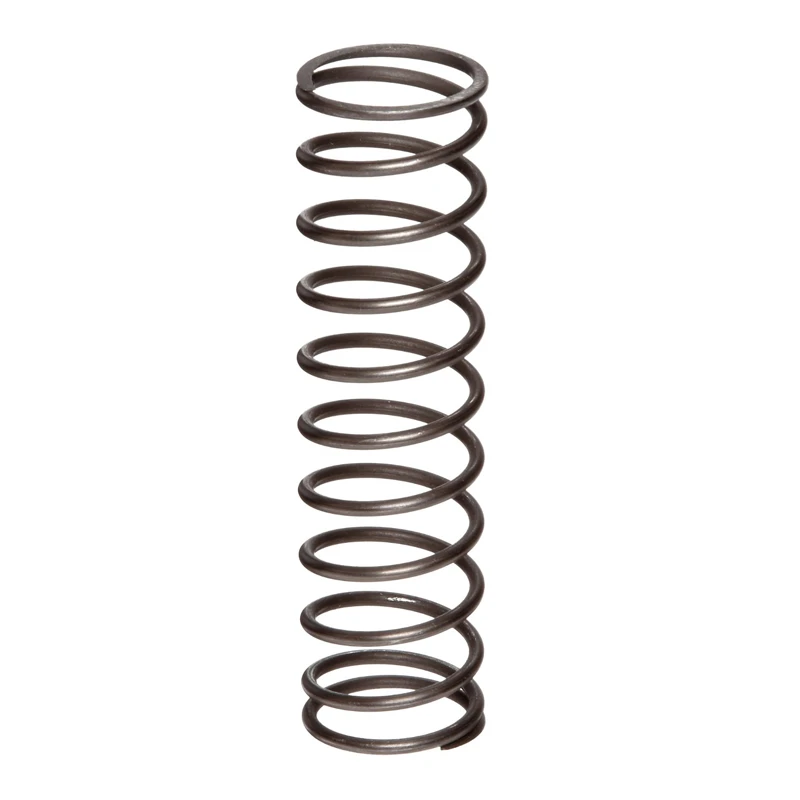
- Mobile Phone
- +8613931874955
- sales@cntcmetal.com
Welded Mesh Pricing Guide for Construction and Industrial Applications
Understanding the Factors Influencing Welded Mesh Prices
Welded mesh, a versatile material widely used in construction, agriculture, and various industrial applications, has seen fluctuating prices over the years. This article aims to shed light on the price list of welded mesh while examining the key factors that influence its cost.
What is Welded Mesh?
Welded mesh, also known as welded wire mesh, consists of a series of parallel longitudinal wires, which are welded together with transverse wires at regular intervals to form a grid-like pattern. This product is available in various wire diameters and mesh openings, catering to different applications such as fencing, reinforcement, and as a support structure.
Pricing Overview
The price of welded mesh varies depending on several factors, including the wire diameter, mesh size, material quality, and the manufacturing process. Generally, the cost per square meter can range significantly. As of late 2023, basic welded mesh might start at around $1.50 per square meter, whereas specialized or heavier variants could climb to $5.00 or more.
Key Factors Influencing Price
1. Material Quality The type of materials used significantly impacts the price of welded mesh. Common materials include mild steel, stainless steel, and galvanized steel. Stainless steel welded mesh, known for its corrosion resistance, typically commands higher prices compared to regular mild steel due to its superior durability.
2. Wire Diameter The thickness of the wire also plays a crucial role in determining cost. Thicker wires not only provide better strength and durability but also increase production costs, thus raising the overall price of the welded mesh.
welded mesh price list

3. Mesh Size The spacing between wires affects the mesh's application and price. Smaller mesh sizes generally require more material and labor to produce, making them more expensive. Conversely, larger openings may cost less but may not be suitable for specific applications.
4. Production Techniques The method used to manufacture welded mesh can also influence its pricing. Automatic welding machines can enhance efficiency and reduce production costs, leading to lower prices for consumers. Hand-welded mesh, although potentially of higher craftsmanship, is usually more expensive due to the labor intensity involved.
5. Quantity and Order Size Bulk purchases often come with discounts, leading to lower prices per unit. Individual or small orders, on the other hand, may not benefit from such pricing strategies, resulting in higher costs.
6. Market Dynamics The demand and supply balance in the market plays a critical role in determining welded mesh prices. During construction booms or in regions with heavy industrial activity, demand may spike, causing prices to rise. Conversely, during economic downturns, prices might drop due to reduced demand.
7. Transportation and Logistics Lastly, shipping costs can significantly affect the final price of welded mesh. Prices can vary based on the distance from the manufacturing facility to the delivery location, as well as the logistics of handling large and heavy items.
Regional Variations
Prices for welded mesh can also vary depending on geographical factors. In regions with abundant raw materials, such as steel, costs might be lower. Conversely, areas relying on imports may face inflated prices due to shipping fees and tariffs.
Conclusion
Understanding the price list of welded mesh requires a thorough examination of its influencing factors. Buyers should consider material quality, wire diameter, mesh size, production methods, order size, market trends, and transportation costs when assessing prices. Consumers are encouraged to compare multiple suppliers and be cognizant of regional fluctuations to ensure they get the best value for their investment. As welded mesh continues to play a pivotal role in various industries, knowing how to navigate its pricing landscape can help both buyers and sellers make informed decisions.
share:
-
Why Sacrificial Formwork Is Redefining Underground ConstructionNewsJun.06,2025
-
The Structural Dynamics of Modern Concrete: How Snake Spacers Revolutionize Flexible ReinforcementNewsJun.06,2025
-
Snake Spacers Smart-Lock Concrete Reinforcement with Surgical PrecisionNewsJun.06,2025
-
Snake Spacers: Reinforcement Precision for Modern Concrete ProjectsNewsJun.06,2025
-
Snake Spacers Powering Concrete's Structural DNANewsJun.06,2025
-
Slither into Success: Snake Spacers' Precision Bite for Unbreakable ReinforcementNewsJun.06,2025
-
Sacrificial Formwork: Building Stronger, Faster, and Safer StructuresNewsJun.06,2025



















